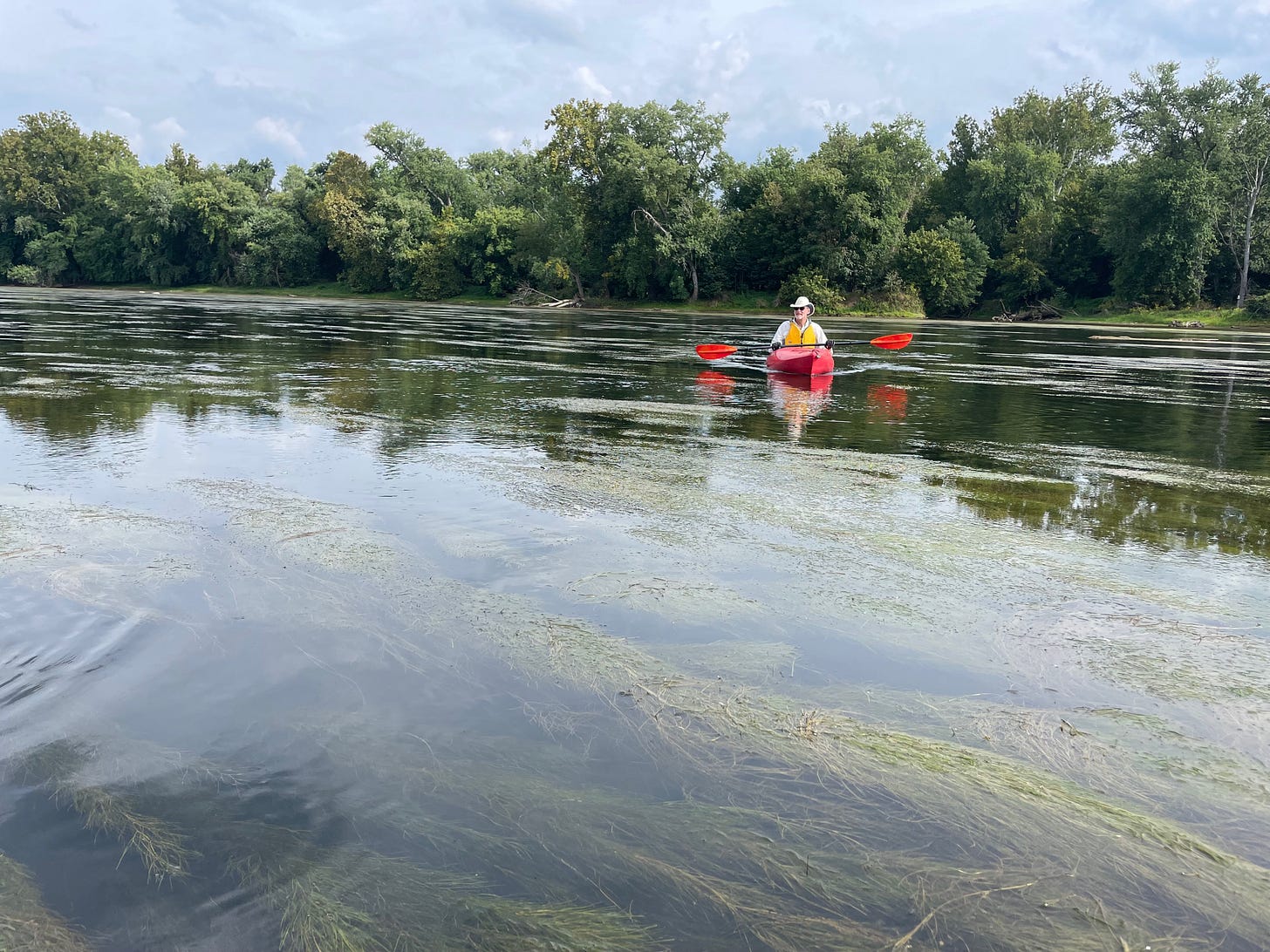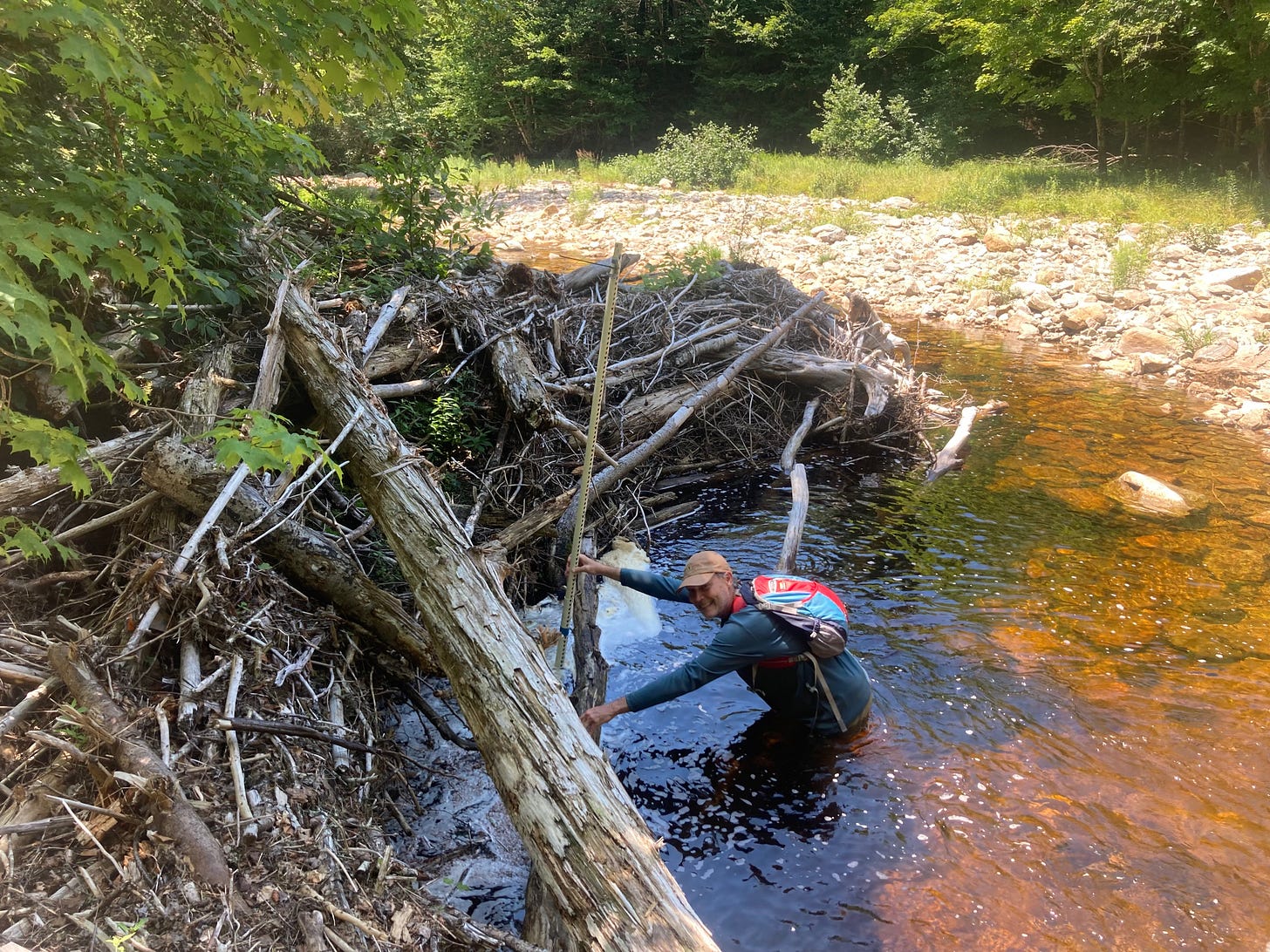As World Rivers Day approaches, cause for concern – and hope – for the planet’s waterways
"Overall, researchers estimate that 63% of the world’s longest rivers no longer flow freely and nearly half of all reaches have some level of fragmentation."

“Rivers,” the Canadian conservationist Roderick Haig-Brown once wrote, are like the “veins of the Earth,” serving as lifelines for people and countless other species as well. Without healthy waterways, he suggested, we all would suffer.
It’s a sentiment likely shared by the millions of people around the world preparing to celebrate World Rivers Day 2024 on September 22, with events planned in some 100 nations. In Kenya, for example, restorationists will be planting trees and bamboo along 25 kilometers of the Kipchorian River. In India, volunteers will be plucking trash from the Jalangi River. In Europe and North America, river lovers are expected to flock to dozens of festivals celebrating local waterways. Such events are designed to highlight “the many values of rivers,” says World Rivers Day spokesperson Tunde Murphy, “and hopefully encourage the improved stewardship of rivers around the world.”
Earth’s estimated three million rivers are in desperate need of that stewardship, recent studies suggest. They show that rivers continue to suffer from longstanding problems such as water pollution, but also face emerging risks associated with a warming climate and the spiraling demand for water by a growing human population. But amid the worrying findings are also glimmers of hope, as some nations and communities are finding ways to protect and restore waterways that are their environmental, economic, and cultural lifelines.
The bad news about rivers isn’t hard to find. A number of recent studies, for example, have highlighted how dams are wreaking havoc on river ecosystems. In Europe, more than 1.2 million barriers of varying types and sizes – nearly one for every kilometer river – have prevented fish and other animal migrations, fragmented some 200,000 kilometers of waterways, and damaged freshwater ecosystems, researchers reported in Nature Communications in 2023. But less than 15% of these structures have a clear socio-economic value.
In the United States, meanwhile, some 50,000 medium to large dams used for flood control and water storage have produced similar ecological damage, researchers reported in a different 2023 study in Nature Communications. In some cases, river reaches once pulsing with life have been reduced to dead, dry ditches.
Overall, researchers estimate that 63% of the world’s longest rivers no longer flow freely and nearly half of all reaches have some level of fragmentation. Such disruption has led to the disappearance of valuable fisheries, riverside farmland, and groundwater supplies. And in places dams have choked off sediment flows, which has led to the erosion of riverside lands and deltas that support millions of people.
Despite such costs, many nations are still hell-bent on dam construction. In Brazil, which has roughly one-third of the world’s remaining free-flowing rivers, the government is funding efforts to add to the nation’s existing stock of 23,000 dams. But the money would be better spent fixing or improving thousands of the nation’s existing dams, researchers argued last year in a letter to Science.
Other studies have highlighted the threats posed by climate change. Shrinking mountain glaciers, for example, threaten water supplies that feed many rivers, especially in tropical regions. But climate change is creating a different problem on the Tibetan Plateau, where temperatures have increased by nearly double the global average over the past few decades. Accelerating melting of ice and thawing of permafrost has resulted in more sediment eroding into streams. The silt and mud threaten to choke off aquatic life, destabilize downstream infrastructure such as dams, and bury riverfront farmland vulnerable to seasonal floods, researchers wrote in Science earlier this year. In other areas, sea level rise driven by climate change is enabling saltwater to intrude further inland, increasing the salt content of groundwater that feeds rivers and threatening freshwater ecosystems.

Solving such problems won’t be easy. But the good news is that, across the globe, people are taking action to protect and restore rivers. In the United States, for example, engineers have dismantled hundreds of dams in recent years – some 80 last year alone, according to the conservation group, American Rivers. And this year, they will complete one of the world’s largest dam removal projects, tearing down four dams blocking the Klamath River in the northwestern United States. The project will enable the return of migrating salmon and other endangered species.
In Mexico, the Colorado River delta is showing signs of life again after U.S. officials agreed to allow more water to flow down the river into the once nearly-dry delta. Native birds and plants are starting to return, researchers reported earlier this year in two studies in Ecological Engineering. In Japan and Korea, concerted efforts to clean up water pollution caused by decades of industrial development are starting to pay off.
On World Rivers Day, river advocates will rightly celebrate these successes. But it will also be a day to acknowledge how much work is left to be done in keeping the “veins of the Earth” healthy and flowing.
David Malakoff is a longtime science journalist and river lover. He is the International News Editor at Science in Washington, D.C.


The Lord bless you so much Habitat project.
This is beautiful ❣️❣️❣️.